'Unleashed, mad and dangerous': How Britain's wild, romantic moorland is our 'signature habitat', inspiring everything from Beowulf to The Hound of the Baskervilles
Mark Griffiths examines our ancient fear and fascination with ecologically invaluable moorland, of which we have more than any other country in the world, and makes the case for its protection.
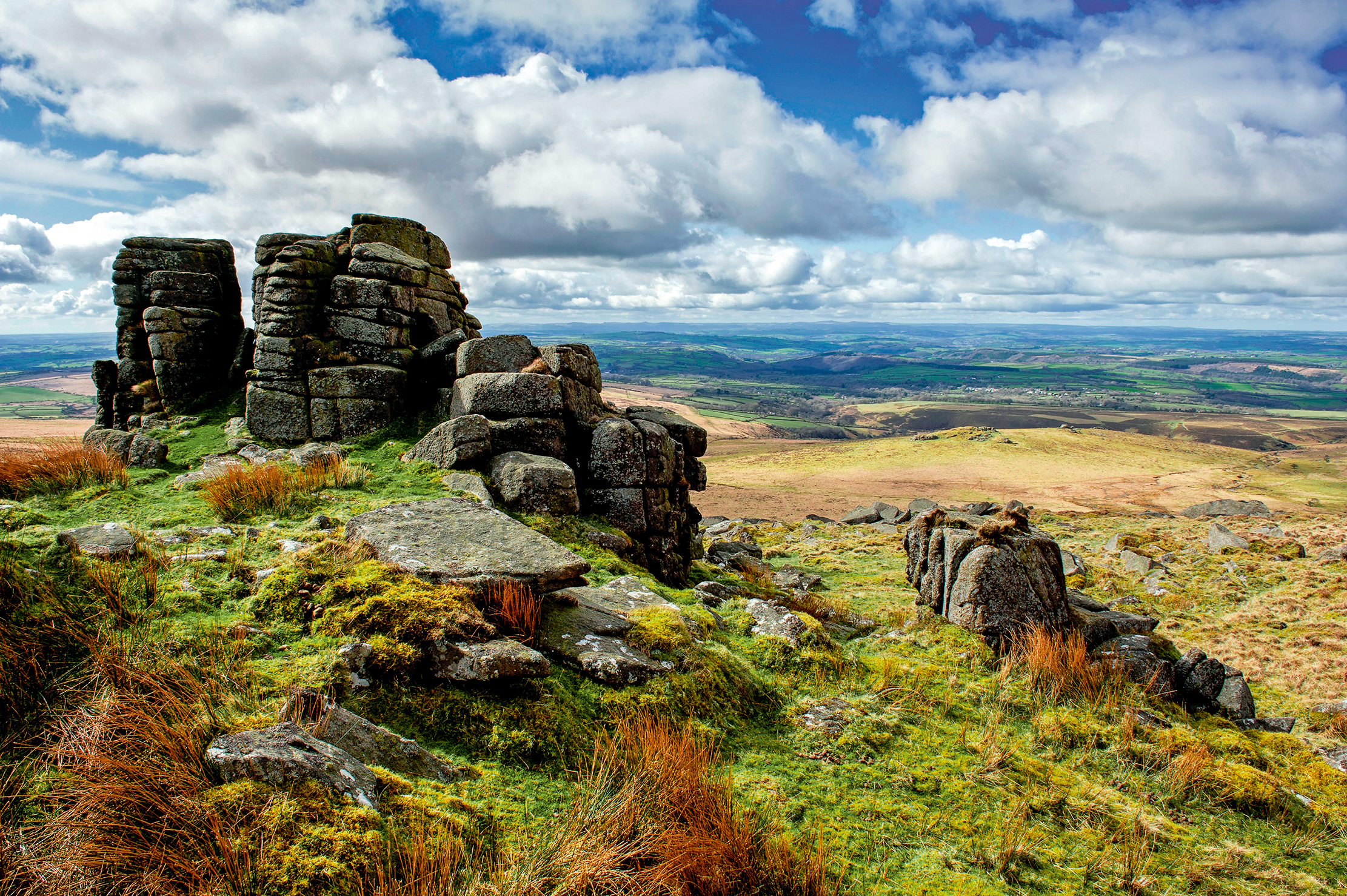
In June 1901, Arthur Conan Doyle wrote to his mother from the Duchy Hotel at Princetown in deepest Dartmoor: ‘We did 14 miles over the Moor today and we are now pleasantly weary. It is a great place, very sad & wild, dotted with the dwellings of prehistoric man, strange monoliths and huts and graves. In those old days, there was evidently a population of very many thousands here & now you may walk all day and never see one human being.’
By ‘we’, he meant himself and his friend Bertram Fletcher Robinson, Daily Express journalist and devoted Devon man. Having stirred Conan Doyle’s curiosity with tales of spectral hounds, Robinson agreed to show him Dartmoor and to help him with the plot and details of a novel to be set there. In the landscape and its lore, he found material so sensational that he felt justified in reviving a character he’d killed off eight years earlier.
For all that the dog is demonic and the detective dazzling, the genius of The Hound of the Baskervilles lies in its main location. Conan Doyle, in the person of Dr Watson, describes the moor as ‘gloomy’, ‘sinister’, ‘so vast, and so barren, and so mysterious’, and ‘like some fantastic landscape in a dream’. It is an ‘enormous wilderness of peat and granite’, where squalls drift across the russet face of ‘the melancholy downs’ and ‘heavy, slate-coloured clouds’ trail ‘in grey wreaths down the sides of the fantastic hills’.
Above stand ‘gnarled and craggy cairns and tors’, below lies the Grimpen Mire, a maze-like morass that swallows all but the most careful, be they people or ponies. This bog’s borborygmi, says the novel’s villain, cause the ghostly howling that can sometimes be heard, but the natives say it’s the hound, and they’re right. Dartmoor Prison adds to the desolation and an escaped murderer to the menace.
And yet Conan Doyle also portrays a place that is singularly beautiful and rich in history both natural and human. Peaks that lour in some lights shine in others. Wild orchids, rare butterflies and archaeological digs bring out the buff and the best in even the worst of the characters.
https://youtu.be/SObRHazqd1Q?t=23
Despite his repetition of the word, little of Conan Doyle’s Dartmoor is ‘fantastic’. For example, he based the Grimpen Mire on Fox Tor Mires, still a 370-acre bog that no newcomer should consider crossing except during a drought. He resolved to convey Dartmoor as he found it, aware that its genius loci was quite drama and mystery enough. In doing so, he was tapping into something deep and ancient in the British collective psyche.
Exquisite houses, the beauty of Nature, and how to get the most from your life, straight to your inbox.
In times long past, other Northern peoples projected their fears and phantasmagoria onto the dark density of woods and forests. For Britons, by contrast, the topography of terrors, trauma and turmoil was the bleak, unending emptiness of moorland.
The first great literary example of this phenomenon is Beowulf, composed between the 8th and 10th centuries. The merry-makers in King Hrothgar’s meadhall are attacked and devoured by the monster Grendel, who is enraged by their happiness. He dwells on the moor (mór), a benighted habitat repeatedly contrasted with Hrothgar’s warm, brightly lit hall: sinnihte héold/mistige móras (‘in the endless night he held/the misty moors’); Ðá cóm of móre under misthleoþum/Grendel gongan (‘Then came from the moor under the misty cliffs/Grendel walking’).
Although set in Scandinavia, Beowulf was written in England. Its attitudes are as Anglo-Saxon as its language, moor-dread being one of them. This emotion, although complex, probably has a simple explanation. By the time of the poem’s creation, all of our major present-day moors were many centuries old and largely reduced to wilderness, having lost once-sizeable communities of settlers from the Iron Age onwards. They were untamed and inhospitable, either no man’s land or the strongholds of those Celts and other races bent on resisting the incomers’ hegemony — no wonder the Anglo-Saxons feared them.
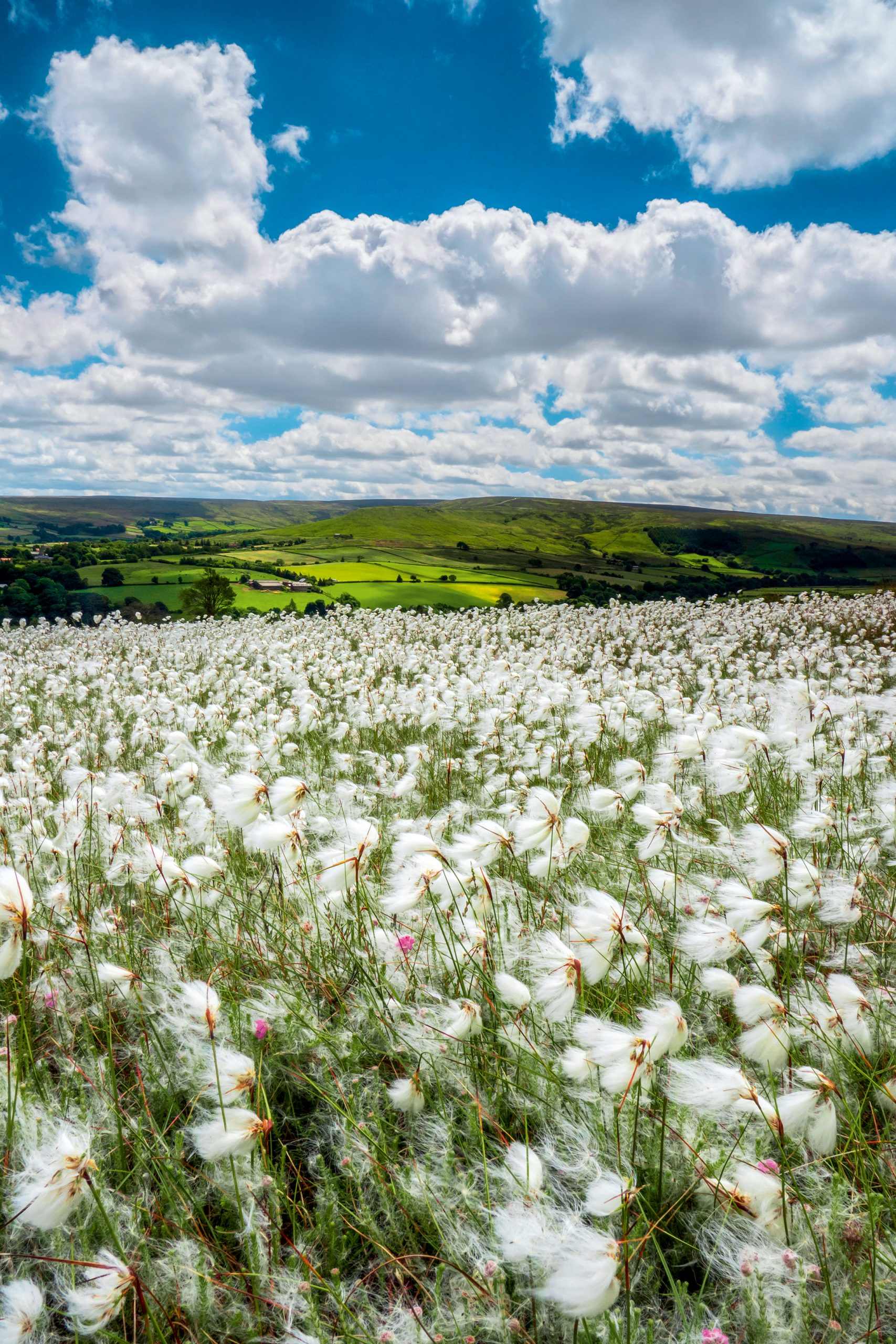
This ancient association with the monstrous, unmanageable and menacing enjoyed a literary renaissance in the early 19th century. Proponents of the Gothic found inspiration in the savagery of moors and the ruinous perfection of the abbeys that medieval Cistercians, seeking solitude, built alongside them.
But it was an altogether humbler dwelling, a Yorkshire farmhouse, that raised the moorland novel to its peak, in 1847. For some early readers of Wuthering Heights, the landscape’s identification with the star-crossed lovers was too unleashed, mad and dangerous by far. To return to Conan Doyle, these critics would have agreed with the warning sent to Sir Henry Baskerville on his arrival from Canada to take up his West Country inheritance: ‘As you value your life or your reason keep away from the moor.’
By comparison, Emily Brontë’s own connection with Yorkshire’s moors was innocence itself, but no less passionate.
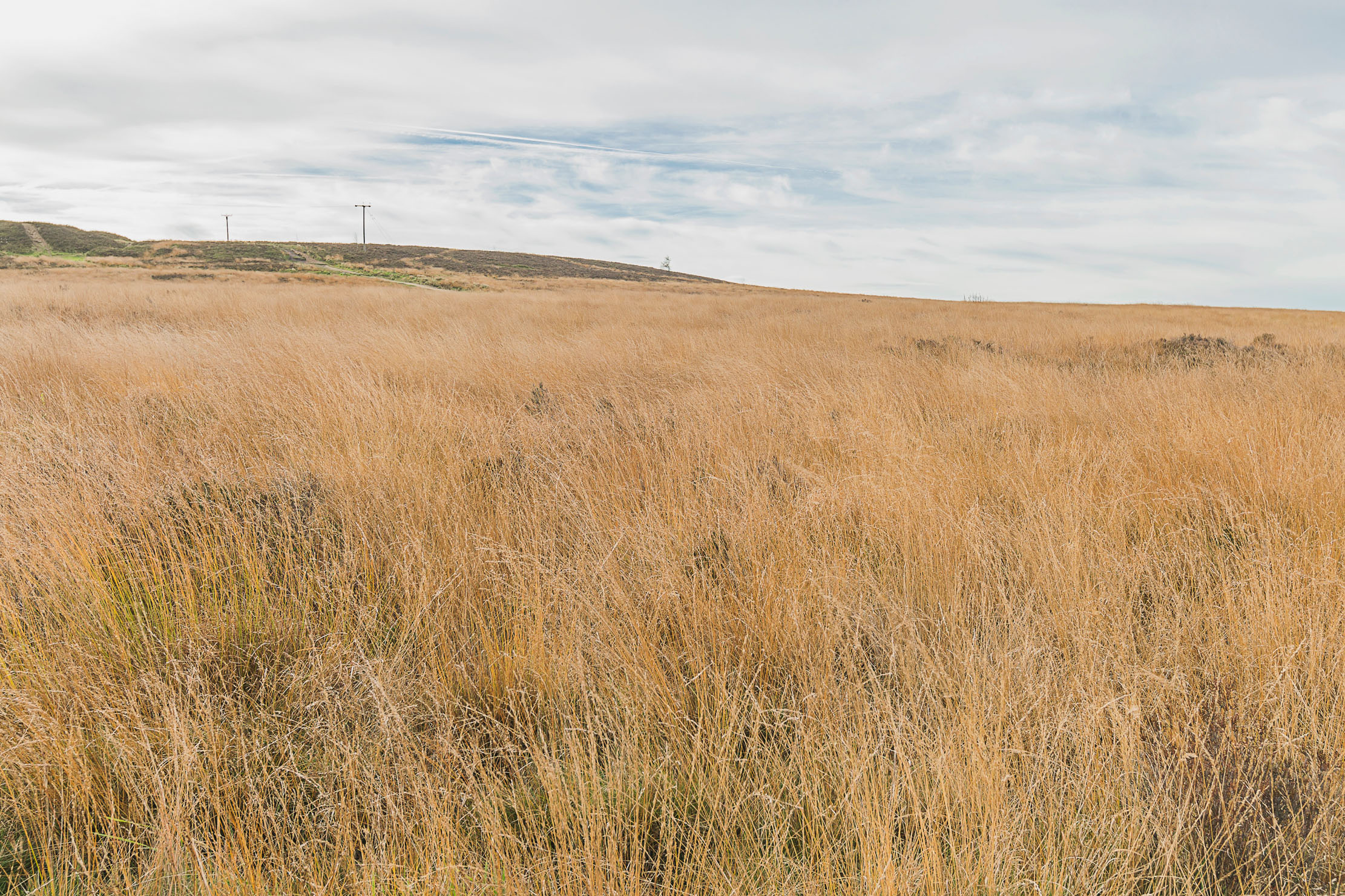
In 1850, two years after her death, Charlotte Brontë recalled: ‘My sister loved the moors. Flowers brighter than the rose bloomed in the blackest of the heath for her; out of a sullen hollow in a livid hill-side her mind could make an Eden. She found in the bleak solitude many and dear delights; and not the least and best loved was — liberty.’
This memoir prefaced three poems written by the 16-year-old Emily. In one, she longs:
For the moors! For the moors, where the short grass Like velvet beneath us should lie! For the moors! For the moors, where each high pass Rose sunny against the clear sky!
The subject of this exhilarated exclaiming was a far cry from Grendel’s ghoulish domain or Heathcliff’s crestfallen heights. In the 20th century, more contemplative poets went further still. In the 1960s, Anglican minister R. S. Thomas wrote of his local moor in Wales:
It was like a church to me. I entered it on soft foot, Breath held like a cap in the hand… There were no prayers said. But stillness Of the heart’s passions — that was praise Enough; and the mind’s cession Of its kingdom.
In Remains of Elmet (1979), Ted Hughes joined forces with photographer Fay Godwin to explore a region of his native West Riding dotted with ruins that range from the Celtic to the proto-industrial. The opening of one poem demands to be quoted, its title included:
Moors Are a stage for the performance of heaven. Any audience is incidental.
In times past, ‘moor’ was sometimes used loosely to denote marshy or watery places that were low-lying and usually level — hence moorhen, Moorgate, Otmoor, and the charmingly repetitive Moreton-in-Marsh. All of the authors I’ve quoted, however, understood ‘moor’ in a sense that was close to today’s standard, ecologically defined concept: an elevated, hilly or mountainous region that is wild or, at most, only sporadically cultivated, but which may be managed through grazing, cutting and burning.
Moorland soil tends to be poor and covered by a layer of peat. This blanket deepens and spreads as vegetation decomposes, although boulders and crags may remain exposed. Rainfall is typically high for much of the year, resulting in bogs, pools and gullies and the further leaching of nutrients.
Characteristic plants include sphagnum, moor-grass (Molinia), cotton-grass (Eriophorum), royal fern, sedges, rushes, heathers, bracken, gorse, harebells, orchids, sundews, butterworts, bilberries, cowberries and cranberries. If present at all, larger shrubs and trees are few, windswept and stunted.
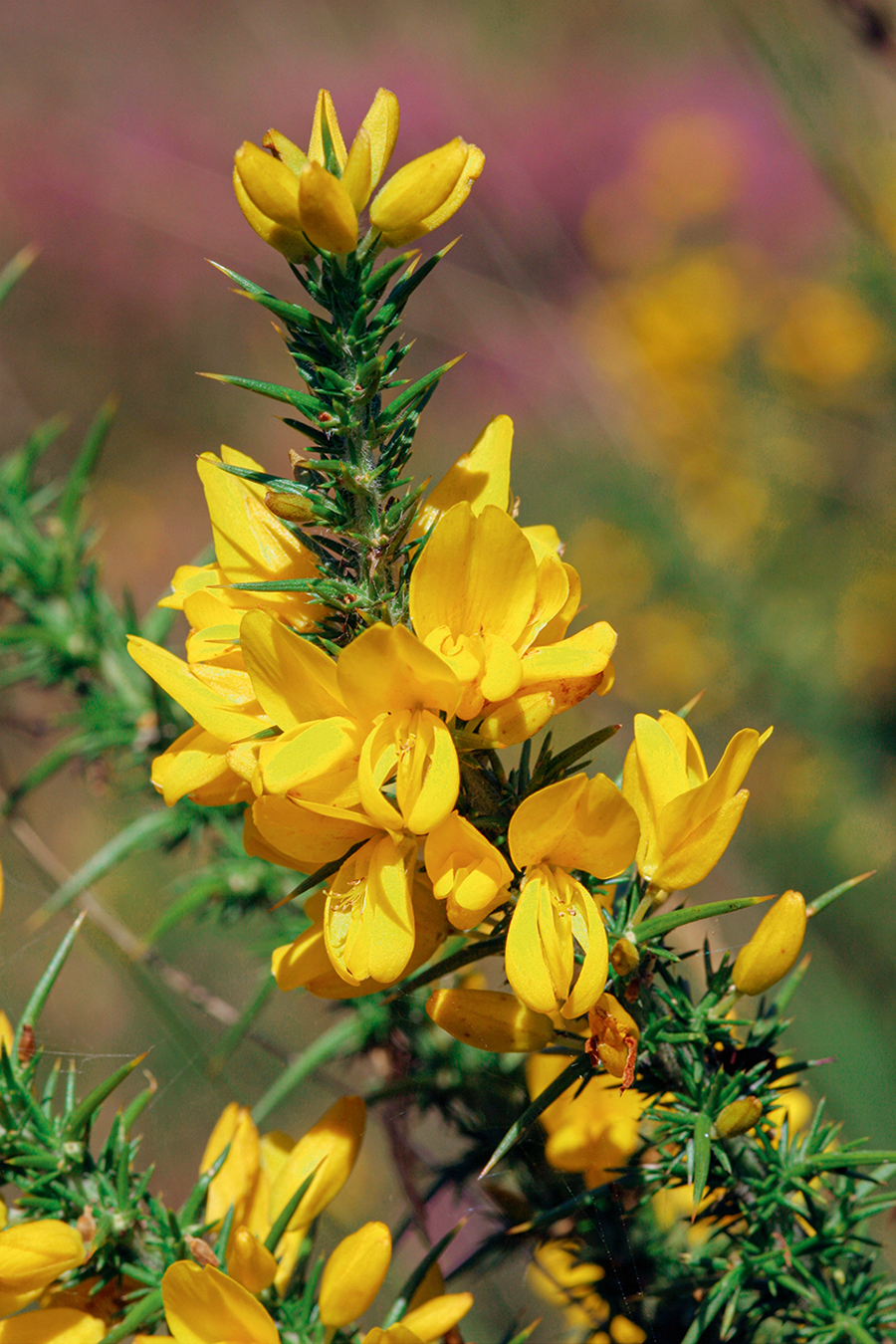
In some of these regions, Dartmoor’s uplands among them, there were never many trees. In others, including the future Exmoor and large areas of northern England and Scotland, there were at first extensive woodlands. Clearance by humans was by no means the only cause of their deforestation: environmental changes, not least the relentless advance of the peat blanket, made these places inimical to most trees.
Both natural and anthropogenic, this transition occurred millennia ago. It is untrue that moors are wet deserts caused by more recent and ruinously wanton felling. In medieval designations such as Dartmoor Forest, the term ‘Forest’ meant a royal or noble hunting preserve (in this case, one established on moorland), not the presence of trees.
By the Bronze Age, Britain was patterned with vast tracts of moorland, all playing host to specialised fauna and flora and starting to inspire immemorial myths and potent emotions. Today, we boast a higher proportion of moorland than any other nation — no less than 15% of the world total. We must not sacrifice it to the coming mania for tree-planting. Far from being empty, up for grabs or a waste of space, moorland teems with life, heritage and amenity. Culturally and ecologically, this is our signature habitat, special to us and irreplaceable.
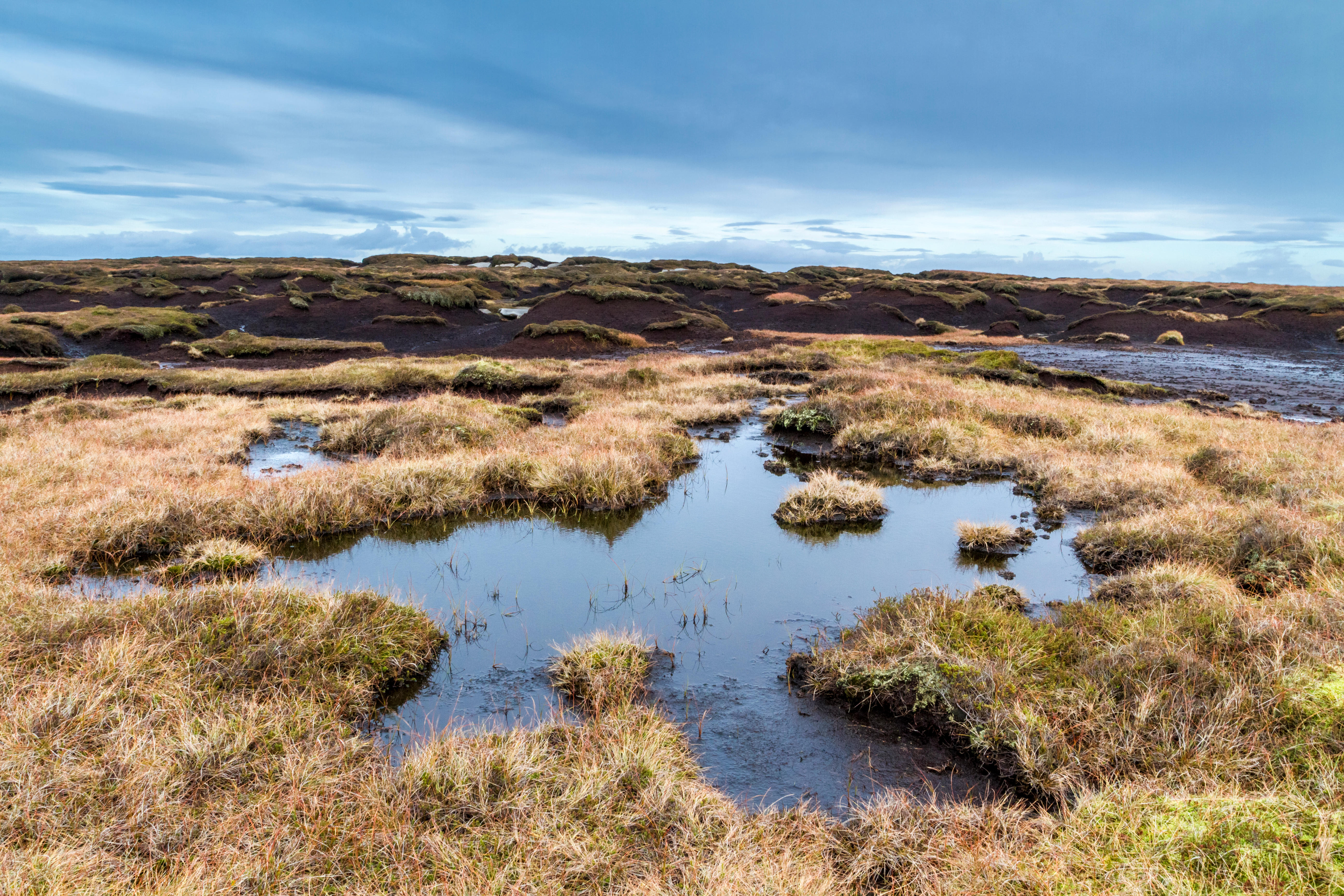
Peat takes millennia to generate, and bogs store 10 times more carbon than forests — using it in gardening is madness
Mark Griffiths explains exactly why the continued practice of cutting peat from bogs for use in horticulture must be stopped.
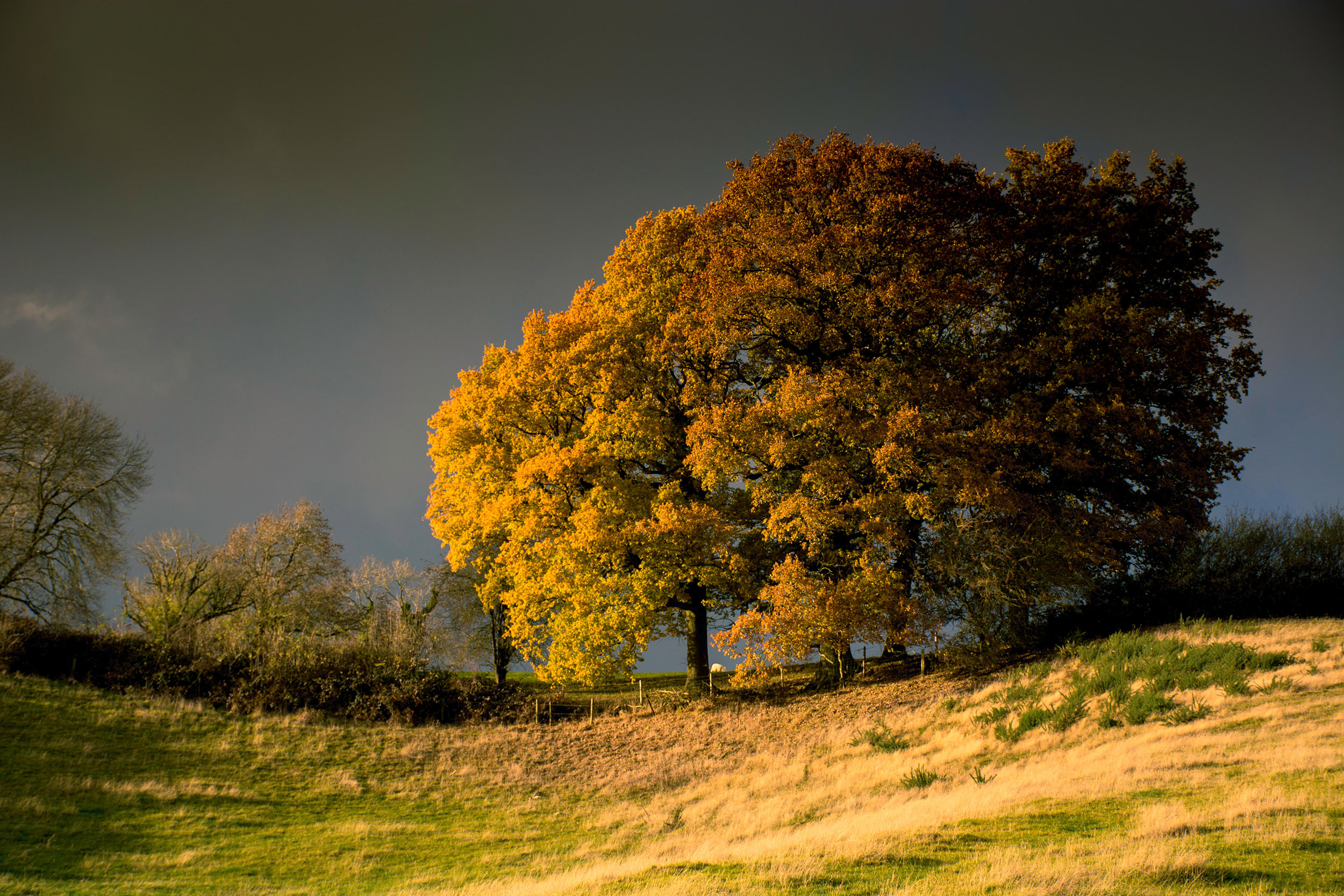
Credit: Alamy
The life of the oak tree collector: 'You soon see there’s only one sensible course of action: collect the lot'
For tree-loving landowners who want to leave their mark, nothing beats planting your own quercetum. Mark Griffiths celebrates the mighty